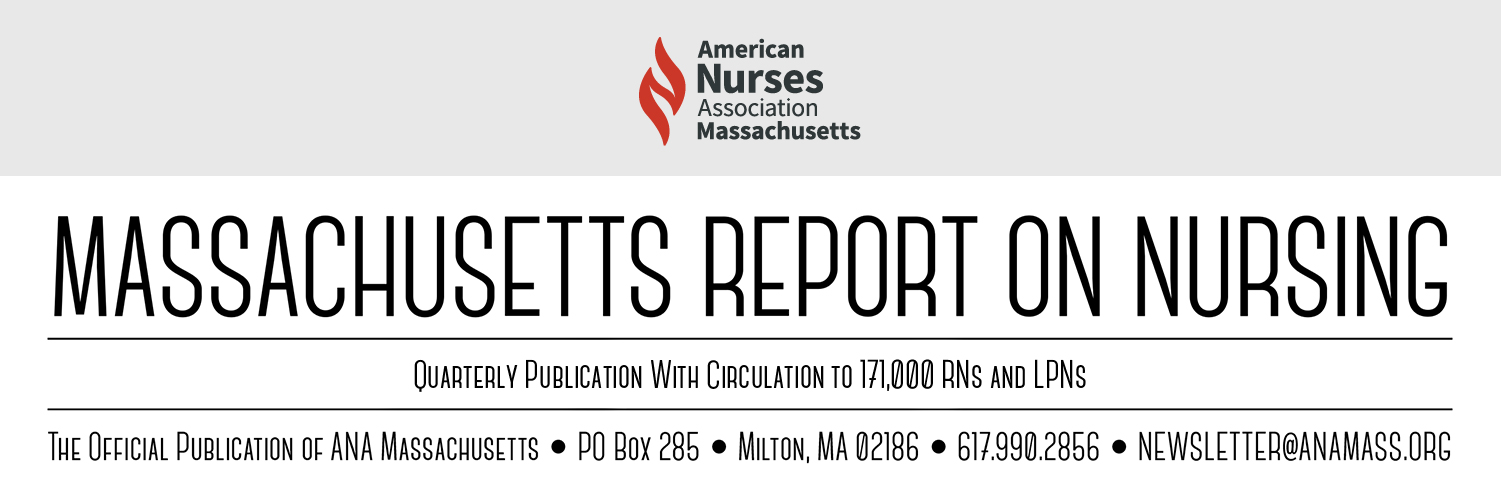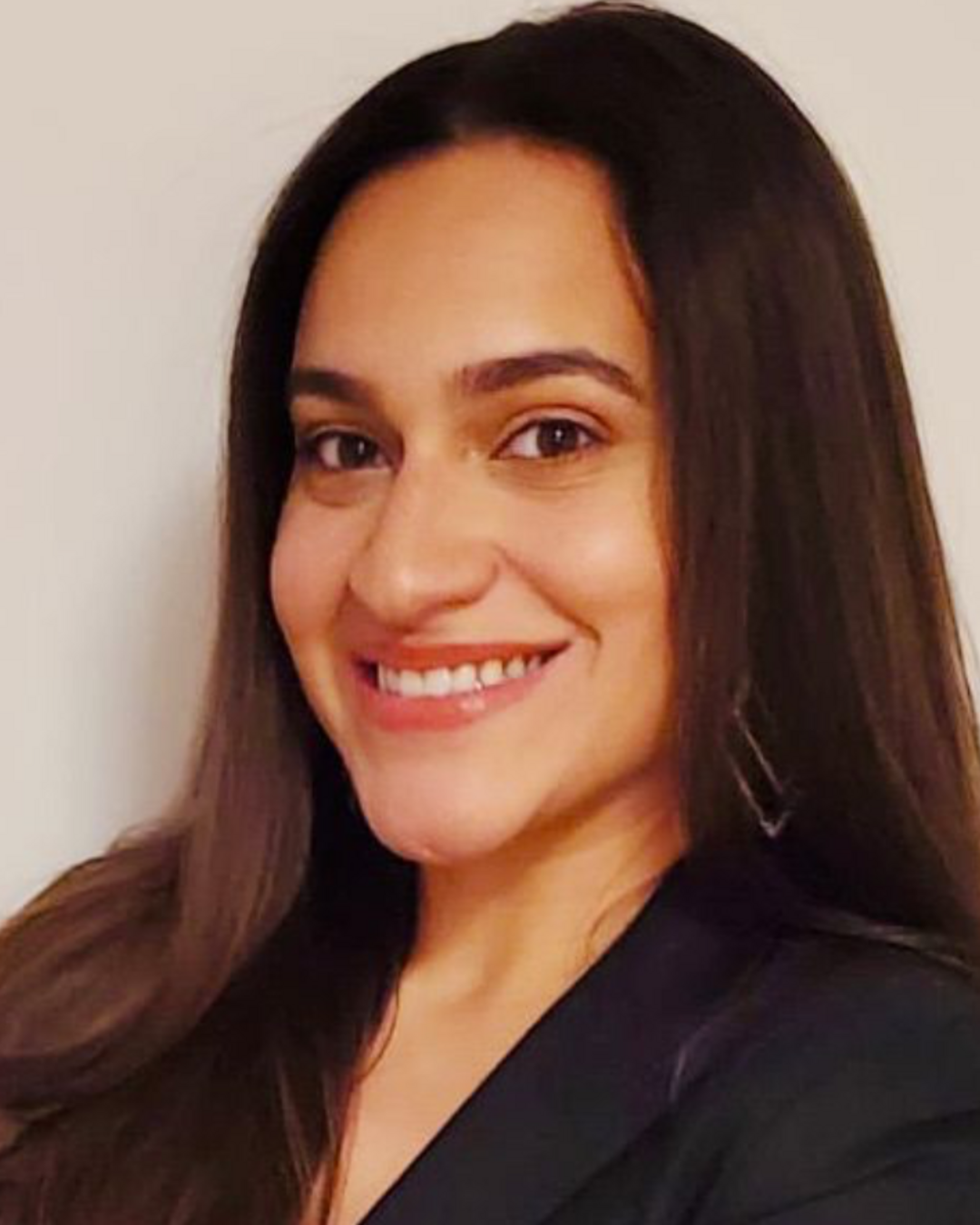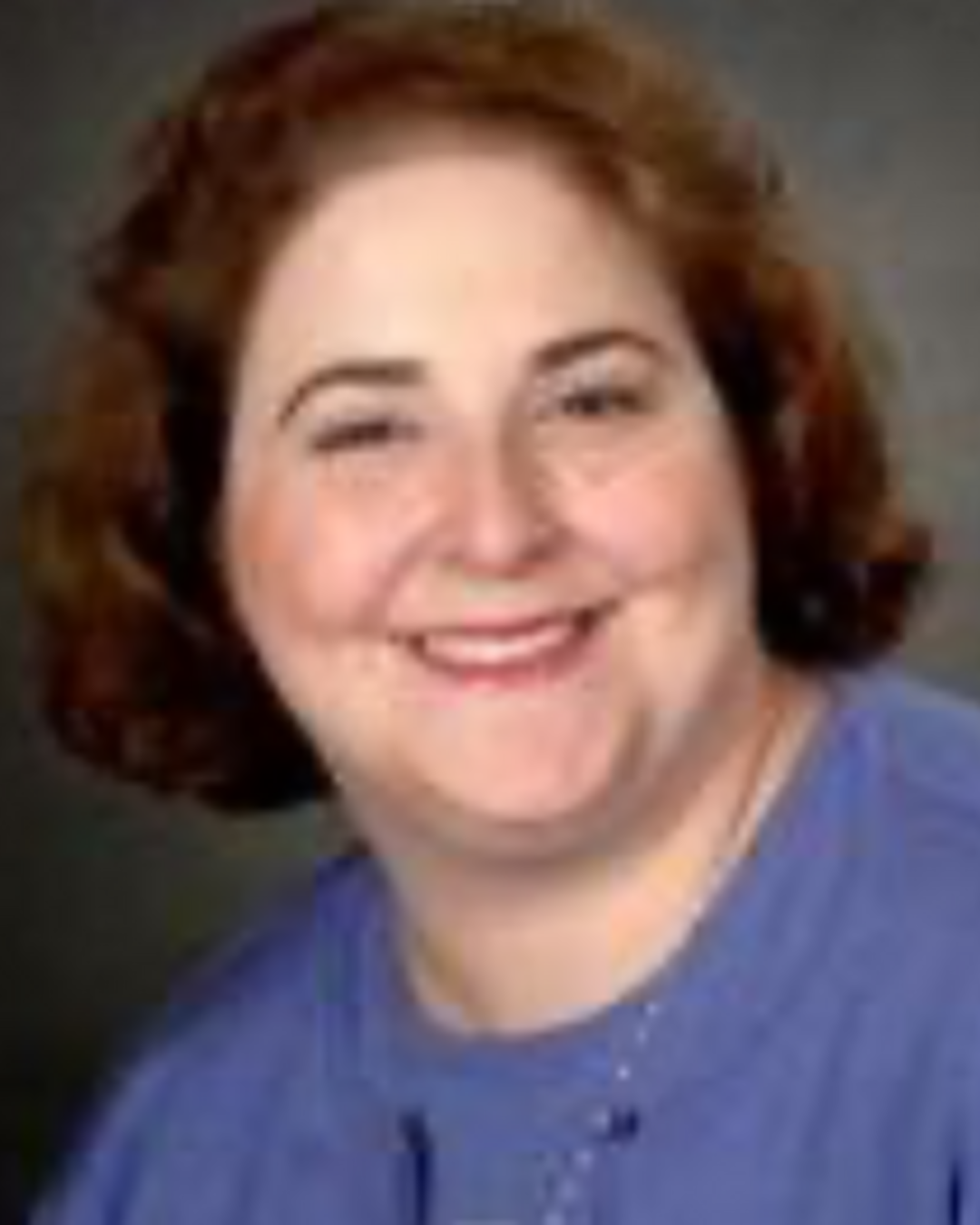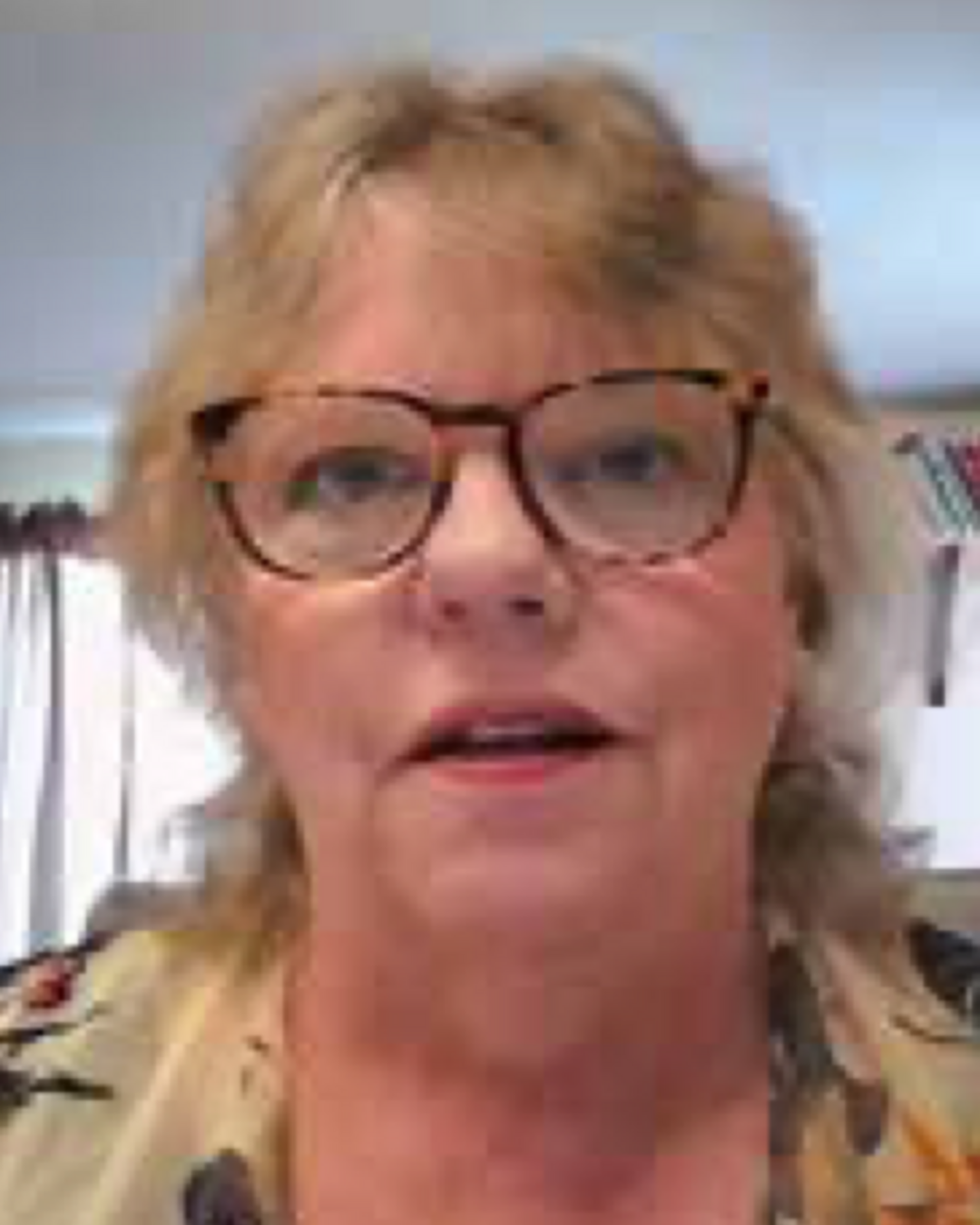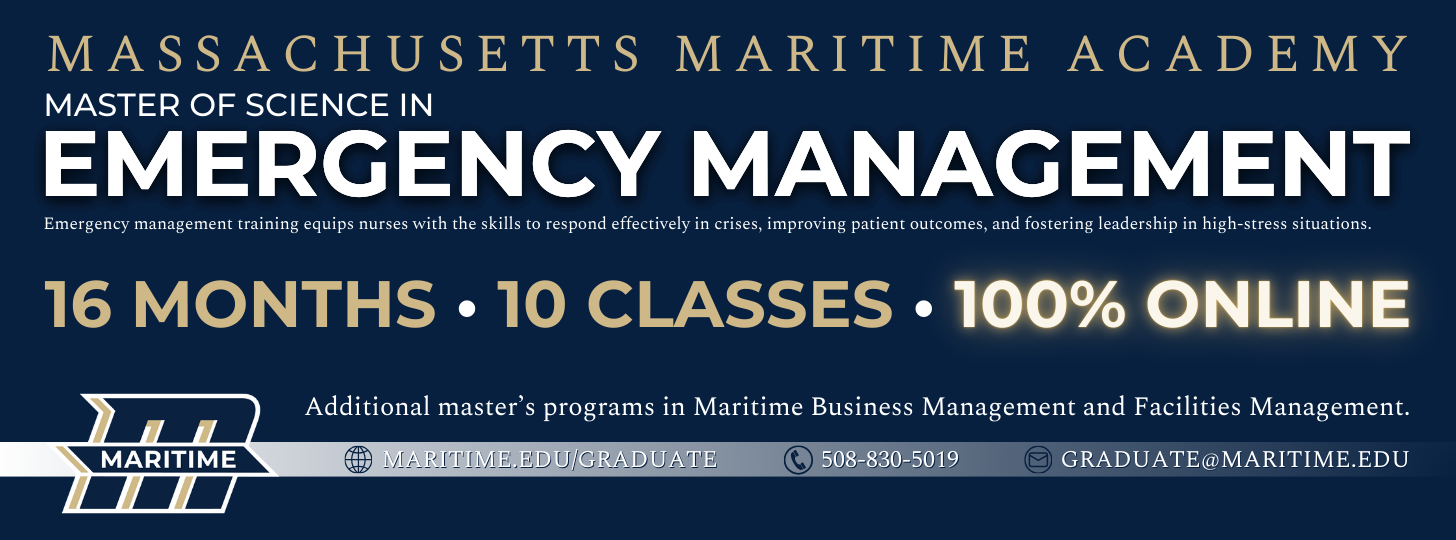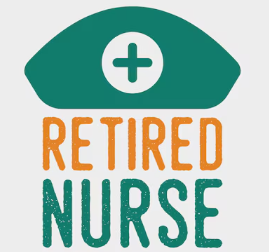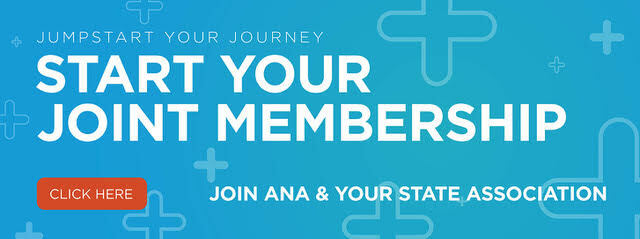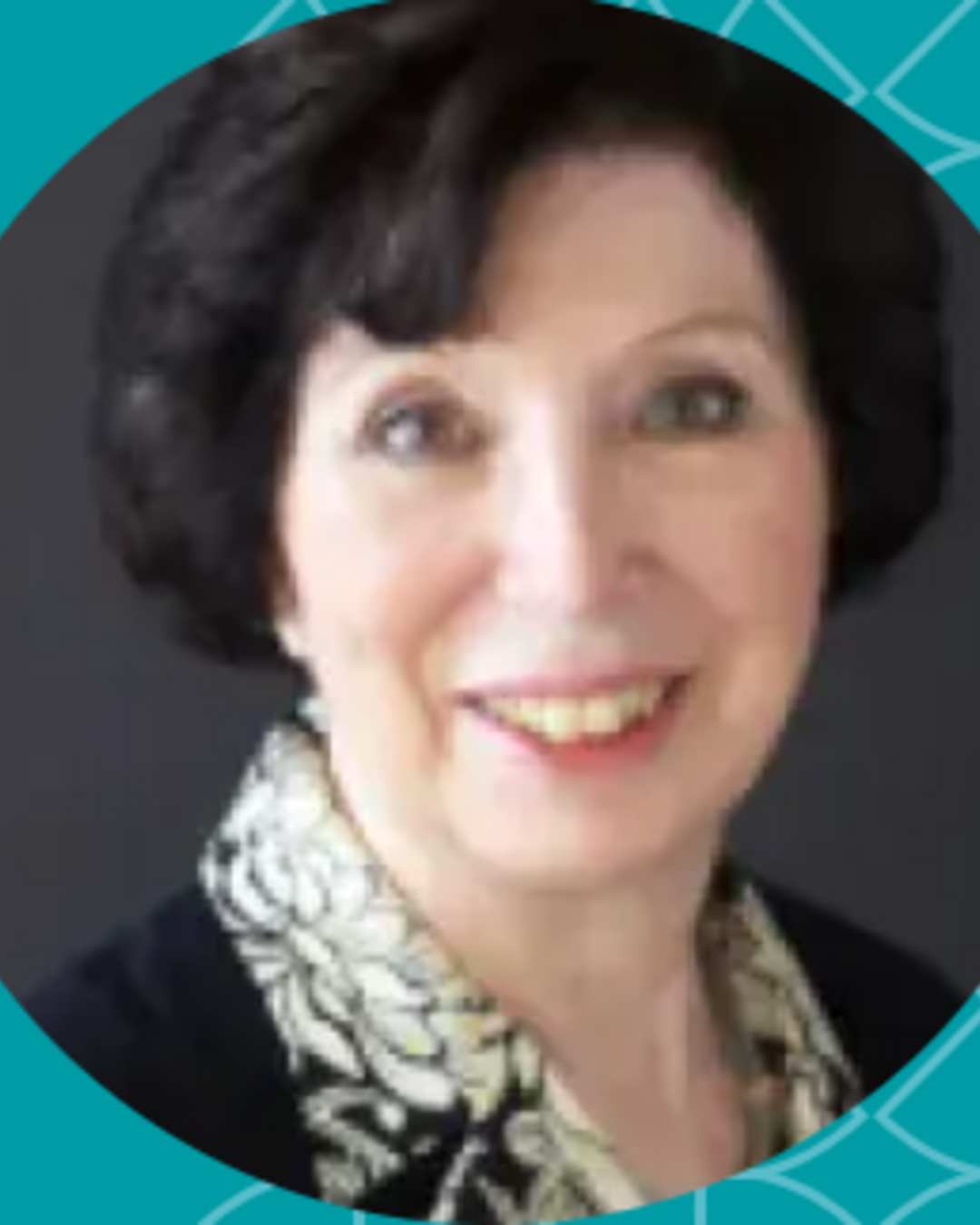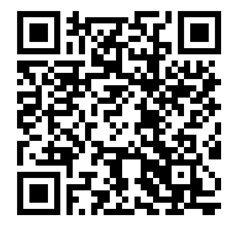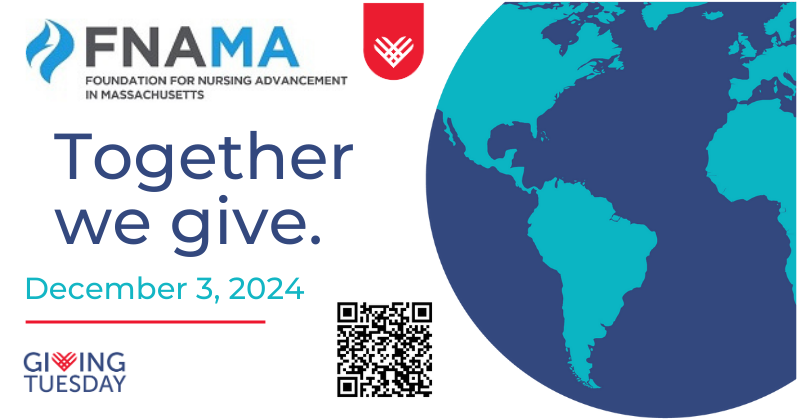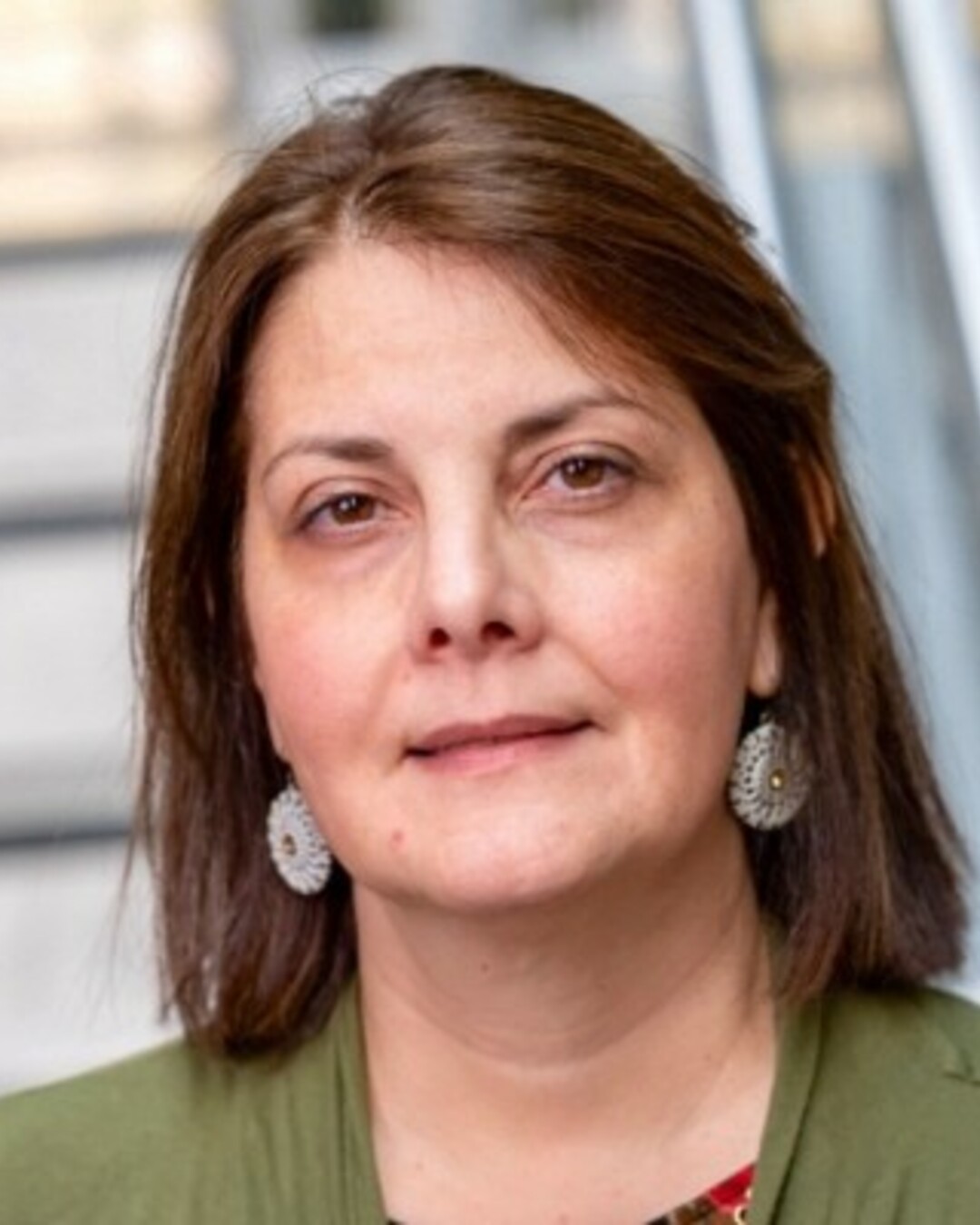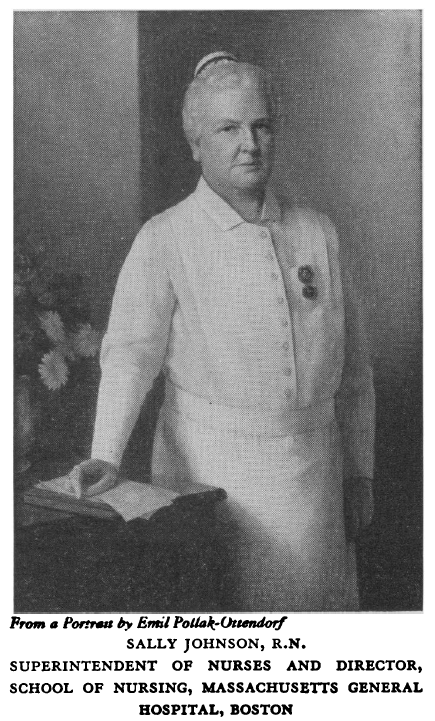Dear Colleagues,
As we approach the season of gratitude, I want to take a moment to reflect on the tremendous work we've accomplished together and to express my deepest thanks to each of you. The commitment and passion Massachusetts nurses bring to our profession inspire me daily. Your dedication is the backbone of healthcare in our state, and for that, I extend my heartfelt appreciation.
This year, the American Nurses Association Massachusetts (ANAMASS) has been hard at work advocating for our profession and ensuring the voices of nurses are heard. We continue to champion important issues such as nursing workforce sustainability, equitable educational opportunities, and pathways for professional growth. From fundraising and administering nursing scholarships through our charitable arm, FNAMA, delivering advanced educational programs, to strengthening workforce development initiatives, ANAMASS remains committed to supporting nurses at all stages of their careers.
For those of you who are not yet members or who haven't been active lately, I encourage you to join us. Now, more than ever, your voice is needed to help shape the future of nursing in Massachusetts. By becoming involved in ANAMASS, you will have the opportunity to connect with like-minded professionals, advance your career, and participate in decisions that impact the future of nursing. Whether it's through attending our conferences, engaging in advocacy efforts, or applying for scholarships like those offered through the Foundation for Nursing Advancement in Massachusetts (FNAMA), your participation strengthens our collective voice.
As we look toward the future, I'd like to take a moment to ask you to consider donating to FNAMA (www.fnama.org). Every contribution helps fund scholarships and grants that support the next generation of nurses, ensuring that our future colleagues are equipped with the education and tools they need to succeed. With your support, we can continue to expand opportunities for aspiring nurses to pursue their dreams and strengthen the profession for years to come.
As we enter the holiday season, I want to wish you and your loved ones a season filled with joy, peace, and relaxation. However you celebrate, I hope the holidays offer you time to recharge and reflect on the incredible work you've done this year.
Thank you once again for your continued dedication to nursing. I look forward to our shared journey as we continue to make a difference for nurses and healthcare in Massachusetts.
With gratitude and warm holiday wishes,
Silda Melo, MSN, RN, CCM
President, American Nurses Association Massachusetts
